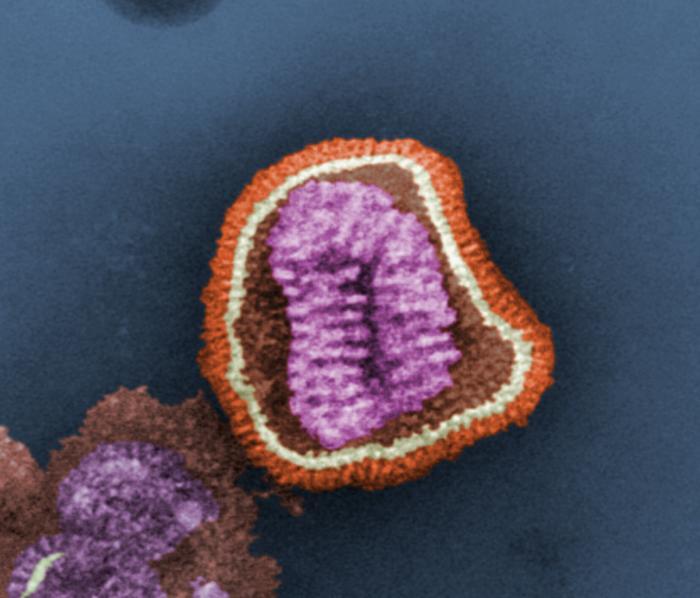Revealing novel and conservative T-cell epitopes with MHC B2 restriction on H9N2 avian influenza virus (AIV)
B2 haplotype major histocompatibility complex (MHC) has been extensively reported to confer resistance to various avian diseases. But its peptide-binding motif is unknown, and the presenting peptide is rarely identified. Here, we identified its peptide-binding motif (X-A/V/I/L/P/S/G-X-X-X-X-X-X-V/I/L) in vitro using Random Peptide Library-based MHC I LC-MS/MS analysis. To further clarify the structure basis of motif, we determined the crystal structure of the BF2∗02:01-PB2552-560 complex at 1.9 Å resolution. We found that BF2∗02:01 had a relatively wide antigen-binding groove, and the structural characterization of pockets was consistent with the characterization of peptide-binding motif. The wider features of the peptide-binding motif and increased number of peptides bound by BF2∗02:01 than BF2∗04:01 might resolve the puzzles for the presence of potential H9N2 resistance in B2 chickens. Afterward, we explored the H9N2 avian influenza virus (AIV)-induced cellular immune response in B2 haplotype chickens in vivo. We found that ratio of CD8+ T cell and kinetic expression of cytotoxicity genes including Granzyme K, interferon-γ, NK lysin, and poly-(ADP-ribose) polymerase in peripheral blood mononuclear cells were significantly increased in defending against H9N2 AIV infection. Especially, we selected 425 epitopes as candidate epitopes based on the peptide-binding motif and further identified four CD8+ T-cell epitopes on H9N2 AIV including NS198-106, PB2552-560, NP182-190, and NP455-463 via ELI-spot interferon-γ detections after stimulating memory lymphocytes with peptides. More importantly, these epitopes were found to be conserved in H7N9 AIV and H9N2 AIV. These findings provide direction for developing effective T cell epitope vaccines using well-conserved internal viral antigens in chickens.
